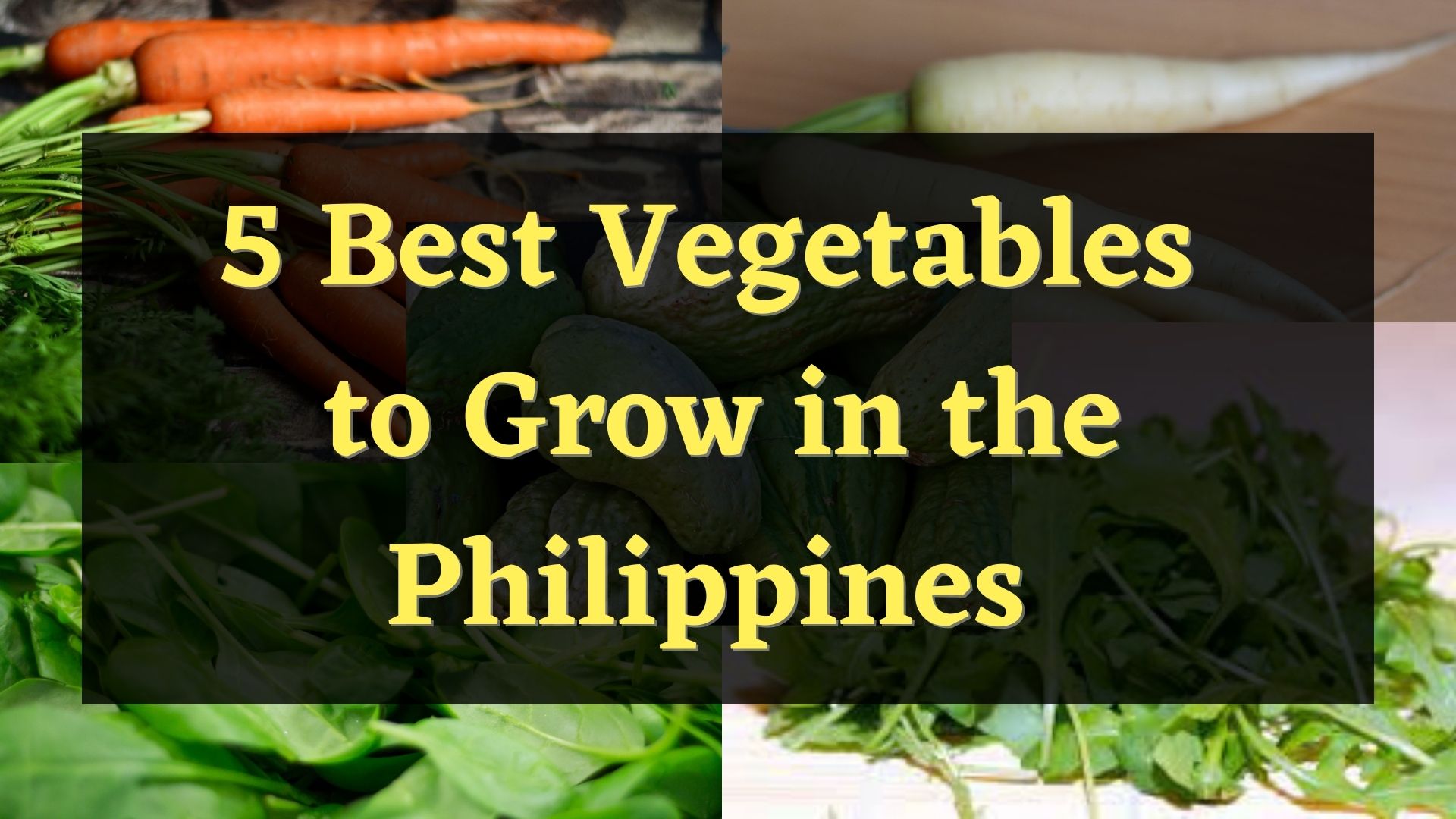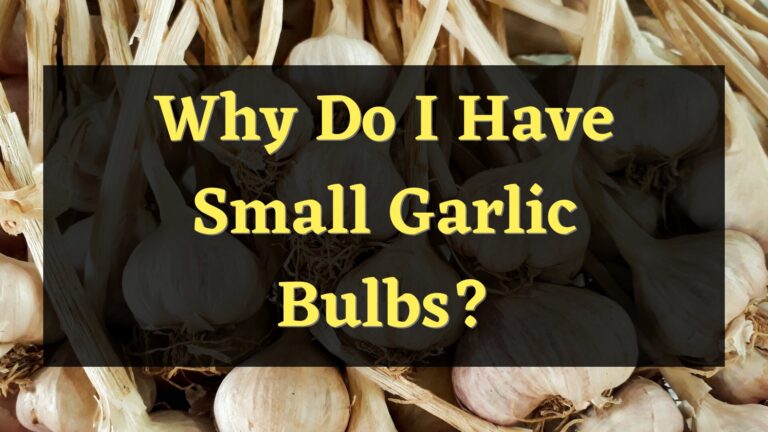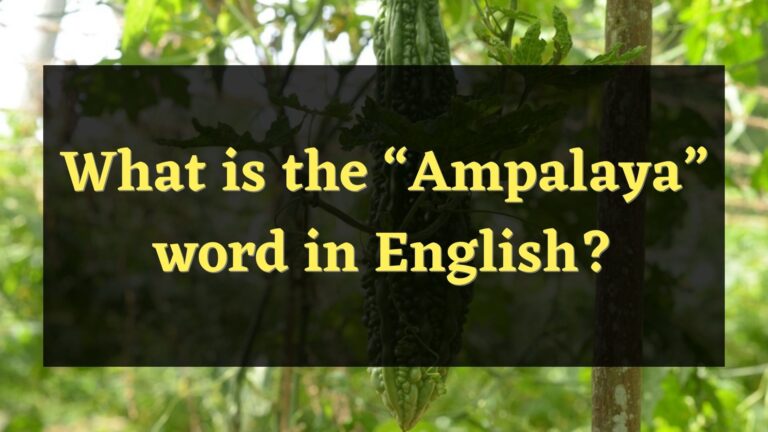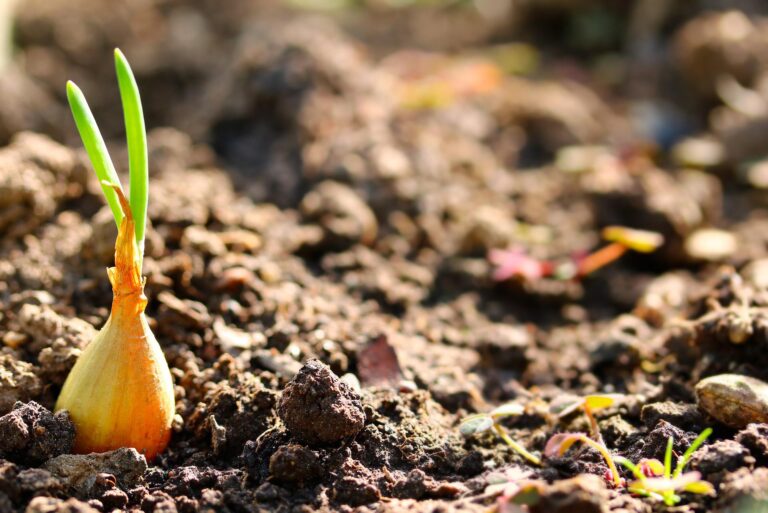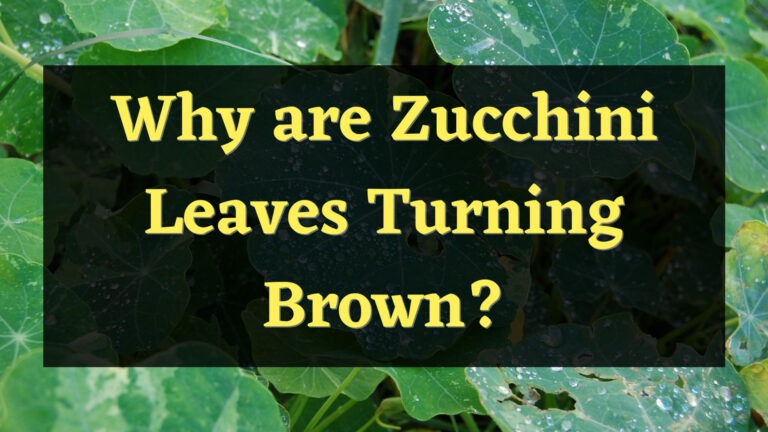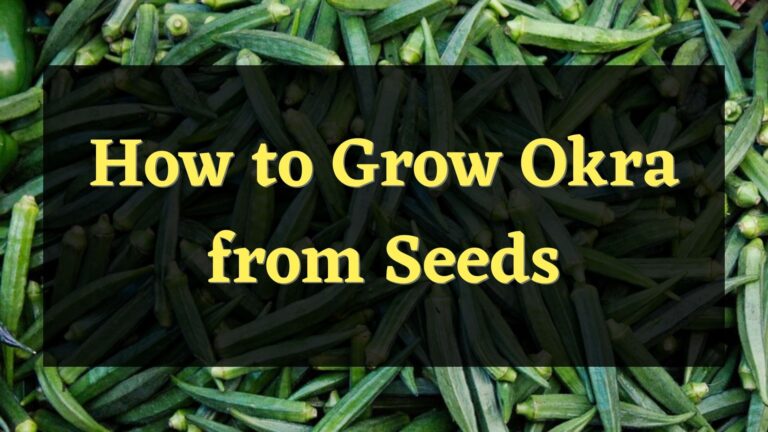Agriculture is the predominant source of living for the people in the Philippines. People therein are dependent on farming, livestock growing, and fisheries.
With its topography and tropical climate condition, farming is one of the largest agricultural sectors in the Philippines. Products from this place such as Palay, Coconut, Sugarcane, Coffee Beans, Nuts, and Bananas were the top crops that are exported outside the country.
Because of the nation’s geography, which is well-lighted by sunlight, with its fertile soil, the land becomes ideal and perfect for growing crops, fruits, vegetables, and other growing plants. People of this country can survive through the vegetation therein. Filipino are known to be good farmers and produce and harvest crops that are sold locally and exported to other countries. Let’s explore more about the best vegetables that you may want to grow in the Philippines.
Which Vegetable is the Best to Grow in the Philippines?
Here are a few of the vegetables that best grow in the Philippines.
Arugula
Arugula leaves, also identified as rocket or roquette, are soft and bite-sized with a tasty flavor. leafy greens, arugula holds high intensities source of nitrates and polyphenols that is beneficial to one’s health.
Spinach
It grows easily and rapidly even without frequent care. From the time it is planted, until about 406 weeks, you will have green and fresh spinach leaves.
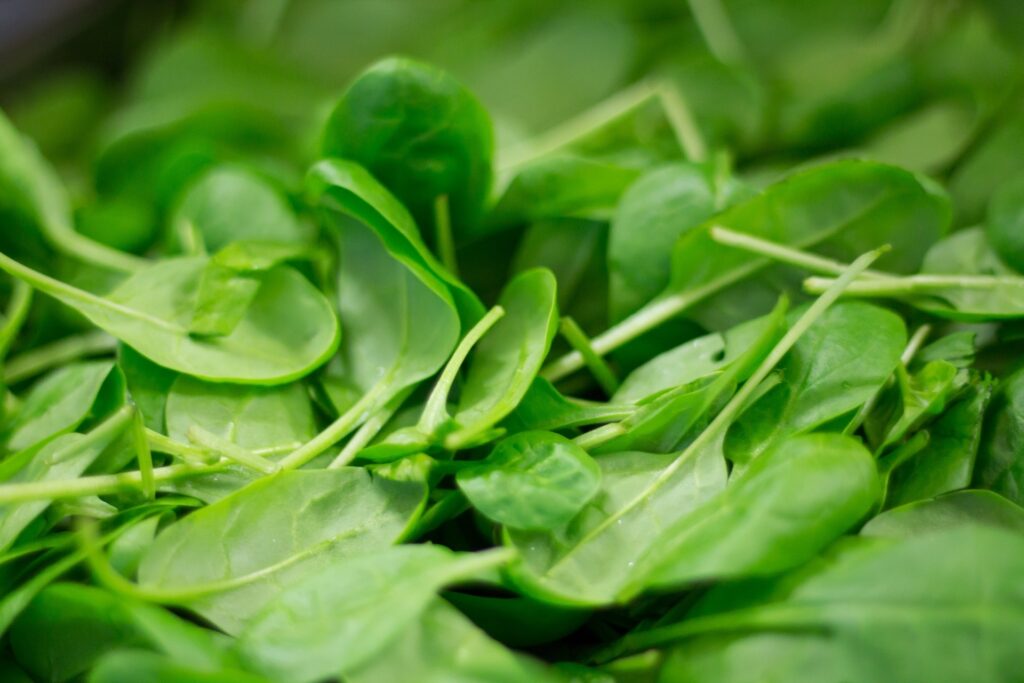
Baby Carrots
This is one of the vegetables that you will want to grow in the Philippines. It a palatable, delicious, and can be eaten raw. This veggie grows better in cool but a well-lighted areas. It can be cooked in a dish or can be made as a beverage or juice.
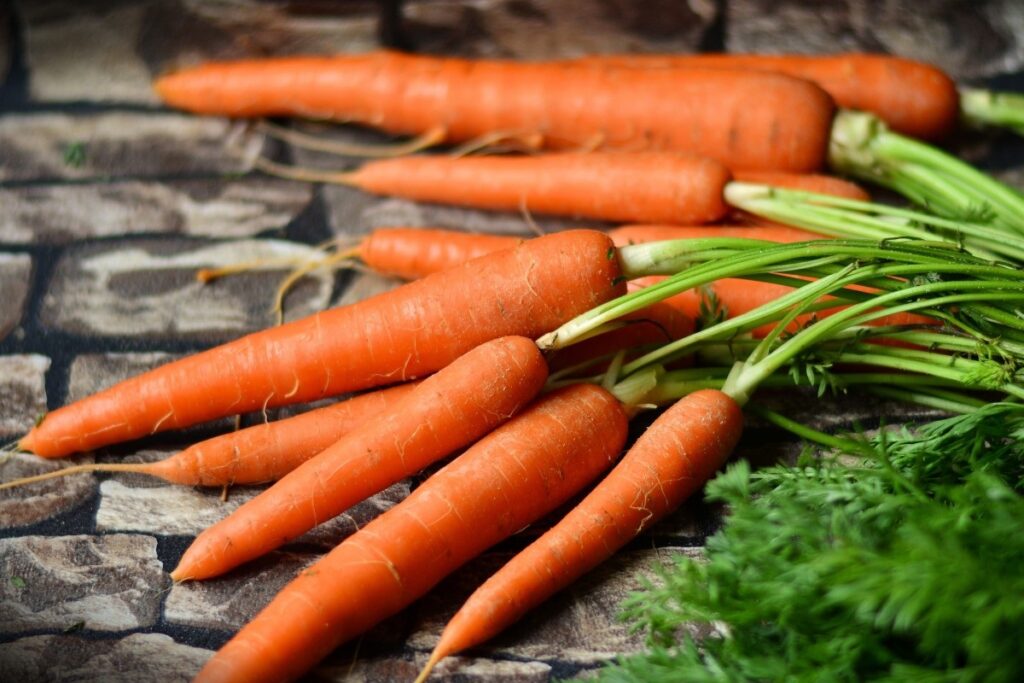
Radishes
Radish is one of the main vegetal crops in the Philippines. It has an elongated shape, with smooth skin and shining white in its color. It can be prepared in dishes such as salads, and pickles, cooked with fish, shrimp, or meat. It has a pungent taste that consumers had surely loved.
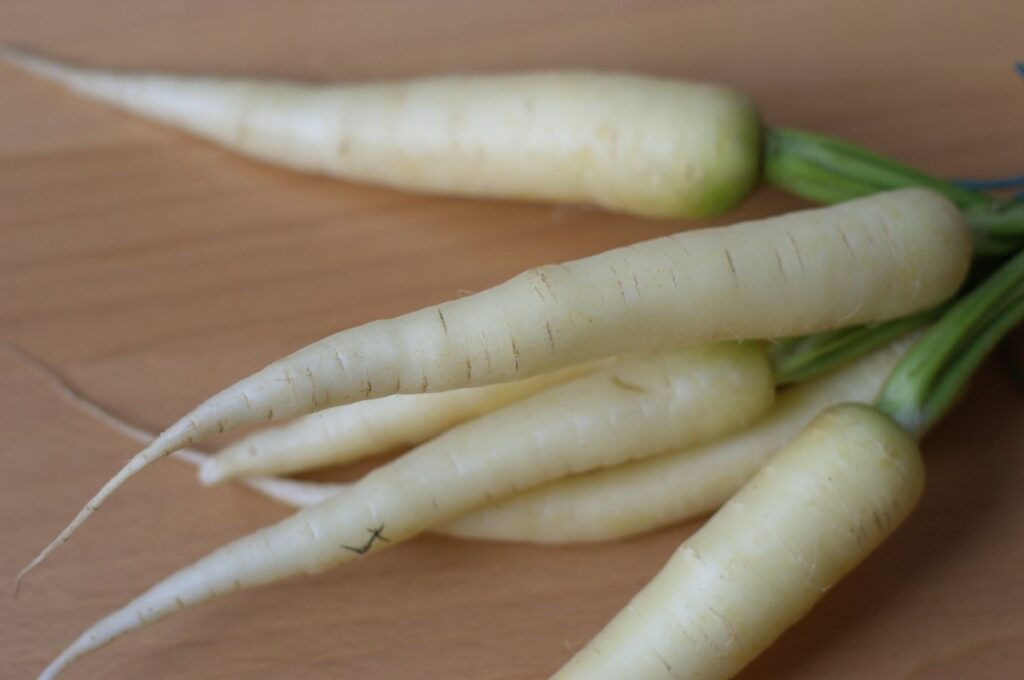
Sayote or Chayote
Known as Sechium edule. It belongs to the gourd family that grows in a vine likewise of melons, cucumber, and squash.T melons, cucumbers, and squash. This edible plant has a pear shape. This edible plant has thin green wrinkly skin and white flesh. It grows from 10 to 20 centimeters in length. You may want to include it in your vegetable garden if you are planning to grow it.
What you need to Consider Before Growing a Vegetable?
Location
A good location for planting vegetables is your first consideration if you plan to grow crops in the Philippines.
Prepare the Soil
Choosing soil that is fit for the kind of vegetable that you are going to plant is important. Loam soil is always the ideal soil to grow your veggies. Cultivate the soil before planting therein.
Plant the Seeds or a Stem of Veggies
In prepared soil, dig a hole that is 10 to 12 cm deep and put the seeds on it, and cover the seeds with soil on top of it. If planting a stem of veggies, bury a portion of its stem and press the soil to tighten the stem.
Watering
Water the newly planted seed or veggies. Do not pour too much water on it. Follow up watering if the soil becomes dry. Spread the right amount of water it needs so that it won’t wither or spoiled with too much of it.
Protection
Spread protection around the seedling to lessen moisture evaporation and reduce weed growth. In order for plants to consume the needed nutrients devise a clean mulch. It will also prevent the growth of weeds that may compete with the nutrients for your plant.
Uprooting of Weeds
The uprooting of weeds around the plants drives away competition for moisture and nutrients. It is good for your plant to have all the nutrients that it needs without weeds around it.
Why Grow a Vegetable Garden from your Home in the Philippines?
Planting and growing a vegetable garden in your own backyard will give you ample benefits from food security, savings, staying active, and physical and mental health welfare.
Better Taste
Home-grown vegetables taste better than those sold in the market which was preserved with chemicals to lengthen their freshness. Products from your garden are always fresh and will always taste delicious.
No Chemical Pesticides
You can grow fruits or vegetables in your garden without applying chemicals or pesticides in it. There is always an organic way to control pests on your plants. Applying a homemade way of controlling pests in your own garden is the safest way for your veggies.
Reduced Danger of Food Contamination
Growing and harvesting foodstuff from your yard garden safeguards you where your food came from. Vegetable in marketplaces is prone to contamination especially when areas where it is stored where unclean or unsanitized.
Saves Money
Instead of buying food from the market, you can just have it right from your backyard garden—no need to spend your penny to make your meal. You can pick the available veggies you need.
Provide Outdoor Exercise
Walking is the best exercise, and gardening too. You can burn hundreds of calories by planting and caring for your plant under the sunlight.
Makes You Feel Good
Planting or gardening is a good therapy stress reliever. It deviates your attention from your stressors to your growing vegetables. It is satisfying and gratifying to watch your plant grow and bear fruit for your family.
Conclusion
Gardens in the Bible were spaces of attractiveness, sustenance, and shelter. The key elements of the design were the flowers, fruit trees and vines, perfumed herbs, and other beneficial plants. It is believed that the Garden of Eden is the first garden in the world.
As it was in the time of origin to the very present, the first farmer planted their vegetable and fruit-bearing plants to aid Life’s survival. Nothing is more rewarding than watching your plants such as fruits and vegetables grow and produce food for you, especially where you live in the Philippines. Your labor is now rewarded and you can enjoy the fruit of your labor. Gardening or farming is a design for mankind to continue and survive in life.
Meet Tomas Clayton, a seasoned plant gardener who has been passionate about horticulture since he was a child. Tomas John developed a love for the natural world and a strong appreciation for the beauty of plants while growing up on a farm.

